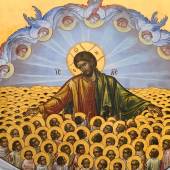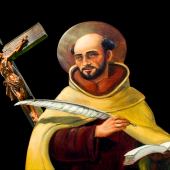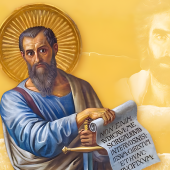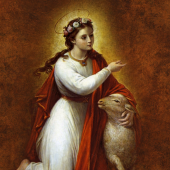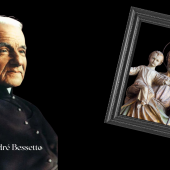A Christian convert, foreign roses, and the painted ‘tilma’ of Our Lady of Guadalupe
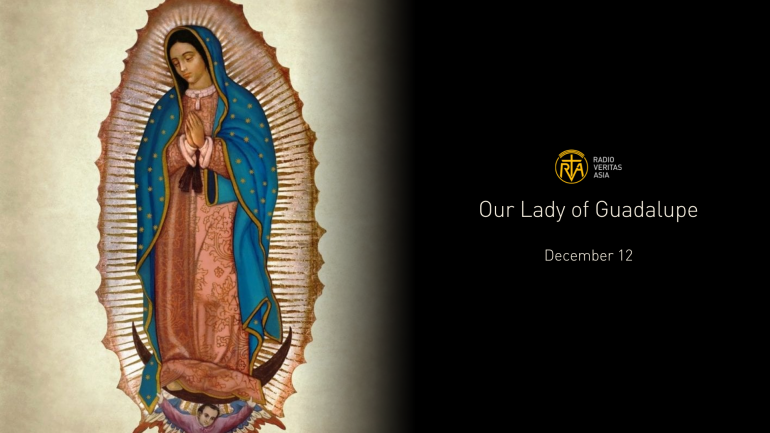
Just barely ten years after the Spanish conquest of the Aztecs, the land of Mexico received a mystical gift: an apparition of the Blessed Virgin Mary. But what makes it more notable than those that would later happen in Fatima, Lourdes, and La Sallette is the existence of physical evidence of her visit in the form of a cloak.
On December 9, 1531, a native peasant and Christian convert named Juan Diego met the Virgin Mary while crossing Tepeyac Hill, a region outside of present-day Mexico City. The beautiful lady told him he was the “Mother of the True God” and asked for a church to be built in that spot in her honor.
Juan went to tell Archbishop Juan de Zumárraga about this encounter because it had mesmerized him. However, the clergyman refused to believe his story and asked for more evidence to support such a claim.
With this in mind, Juan Diego returned to the hill on December 12, 1531, and once again met the Virgin Mary. This time, she instructed him to gather flowers from Tepeyac Hill. Knowing that the place was typically barren, Juan followed despite his doubts.
To his surprise, the hill was full of roses, just like the Lady said. But these were not ordinary flowers; they were Castilian roses, which are not native to Mexico and do not bloom that much during December. The Virgin Mary herself placed the flowers into Juan’s cloak, called tilma.
Juan hurried back to Archbishop Zumárraga to show him the miraculous bloom of flowers that would certainly support his story. When the roses fell out of his tilma in the presence of the archbishop, it turned out that Juan was carrying far more important evidence than just exotic flowers. Miraculously imprinted on his tilma is a colorful image of the Blessed Virgin Mary, head bowed and hands clasped in prayer—Our Lady of Guadalupe.
Tradition states that a shrine to the Virgin Mary’s honor existed on Tepeyac Hill at least in 1556. Juan’s account of the apparition was codified in the work of Miquel Sánchez in 1648, with a version written in the indigenous language of Nahuatl published in 1649.
This particular devotion to the image was promoted across the territories of the Spanish Empire. She was declared the patroness of New Spain through a papal bull in 1754. The end of a deadly epidemic of hemorrhagic fever in Mexico City in 1736–1737 was attributed to Our Lady of Guadalupe. In 1754, Pope Benedict XIV approved a proper feast dedicated to her on December 12.
In 1895, the original tilma was granted canonical coronation by Pope Leo XIII. This relic is the most beloved Christian icon in all of Mexico and is still venerated there to this day.
When Saint John Paul II visited Mexico in 1990, he beatified Juan Diego. He was canonized a decade later, in 2000.
May such a tangible reminder of Mary’s mantle of protection continue to inspire us to come to her aid in times of need. Allow her to help us with our worries and doubts, our pains and sufferings, and our weaknesses and shortcomings. May she lead us to her Son, Jesus Christ, in everything and forever.
Radio Veritas Asia (RVA), a media platform of the Catholic Church, aims to share Christ. RVA started in 1969 as a continental Catholic radio station to serve Asian countries in their respective local language, thus earning the tag “the Voice of Asian Christianity.” Responding to the emerging context, RVA embraced media platforms to connect with the global Asian audience via its 21 language websites and various social media platforms.









